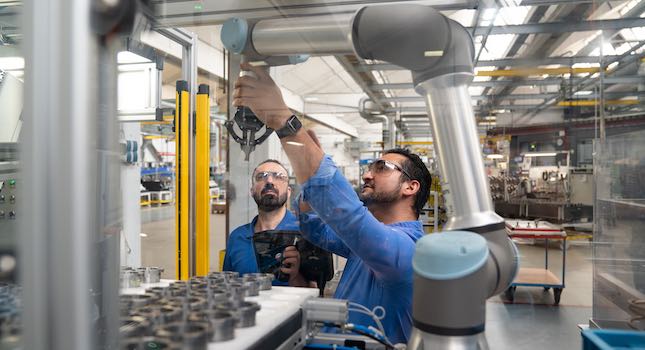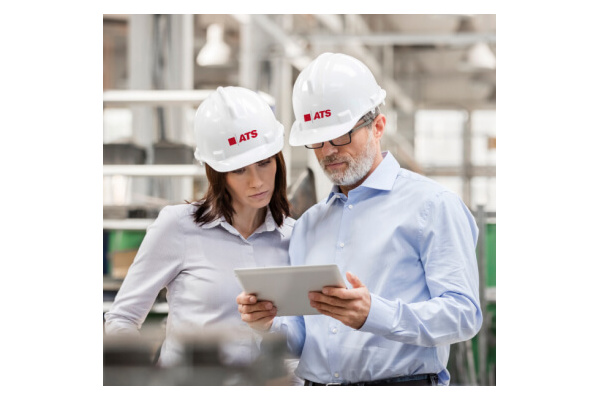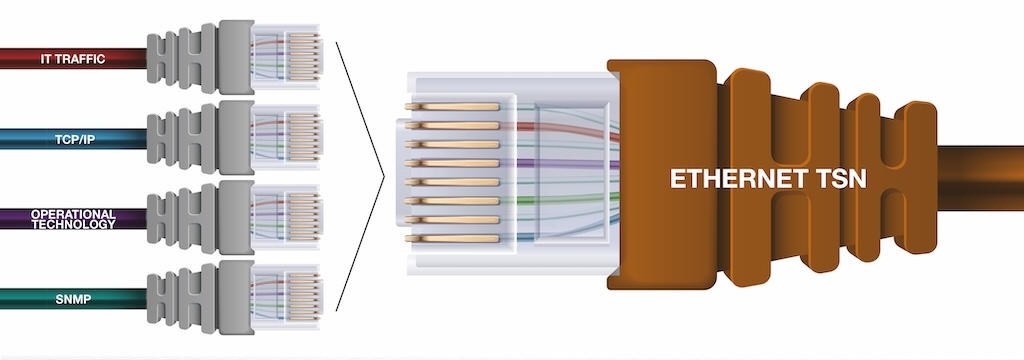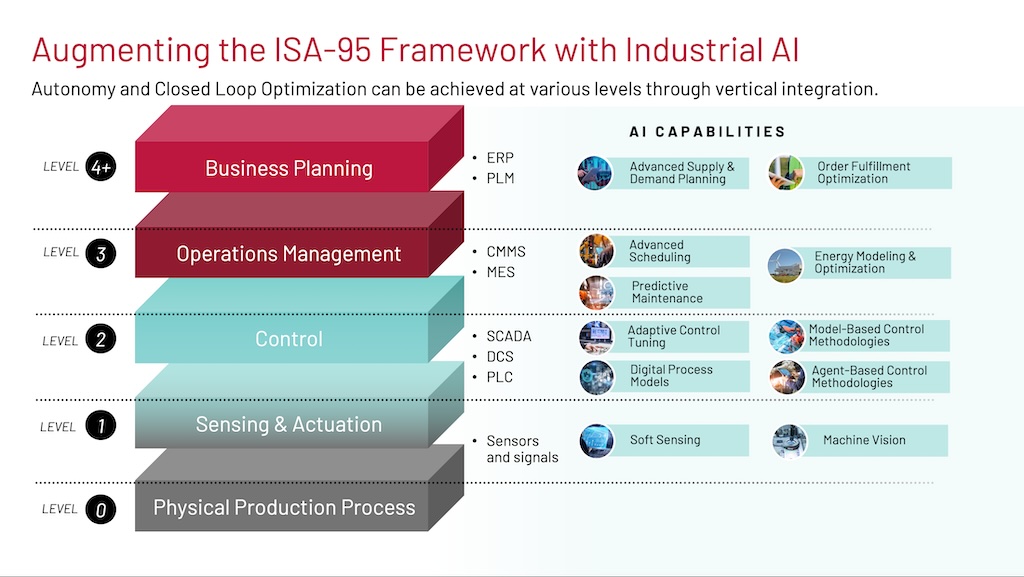An enterprise-wide digital nervous system is emerging thanks to more powerful machine learning algorithms and the Industrial Internet of Things (IIoT).

While the Industrial Internet of Things (IIoT) may provide a theoretical opportunity for an enterprise to receive all the relevant information they need, it does not by itself make that practically feasible in a scalable fashion, said Hermann Berg, head of Industrial IoT at Moxa Europe.
Using the analogy of a human nervous system, Berg points out that the IIoT is missing the pre-processing of sensory information and sometimes the autonomous responses of a human body. He said: “The brain will not receive the information that the skin on your right hand is fine, but it will get notified immediately when the sensors in your hand signal very high temperature as a result of you touching a hot stove. And even before that, the central nervous system will have triggered the reflex to withdraw the hand, before the brain has started to take further action like finding water to cool your hand.”
By 2018, Gartner estimated around 10% of enterprise-generated data was created and processed outside a traditional centralized data center or cloud. By 2025, they predict this figure will reach 75%. So, clearly, local processing and edge computing have already started – in particular in applications where bandwidth to the cloud is limited or costly, or privacy or latency concerns exist, but it’s not just there.
A common category has been around since data logging started decades ago: protocol conversion, data cleansing, and other pre-processing of raw data from sensors and other equipment to turn it into useful data for downstream systems. The importance of data pre-processing and cleansing has increased significantly as a result of more and more powerful machine learning (ML) algorithms.
For machine learning itself, there are three important categories of data types that correspond to different types of hardware requirements:
- Time series data: This is typically sensor and machine state data that requires accurate time stamps to derive insights from it, such as anomaly detection or predictive maintenance.
- Audio: Speech recognition and event detection for cycle counting or creating alarms, for example.
- Video: Demanding neural networks apply deep learning for quality inspection and other insights derived from video cameras observing an industrial location.
Moxa has seen high-end artificial intelligence (AI) applications for video processing in manufacturing quality inspection scenarios and for autonomous mining trucks and outdoor patrol robots for power infrastructure, but also much less demanding local processing, based on time series data in manufacturing process optimization.
“In most of these applications, the IIoT and AI applications are not replacing the local control engineering function,” continued Berg. “IIoT and artificial intelligence of things (AIoT) create transparency and make insights available across the company and beyond, while the current control engineering functions continue to govern the ‘local reflexes.’ IIoT and AI trigger actions like anomaly detection, predictive maintenance, and starting recovery and optimization tasks without delay, while the immediate ‘reflex’ is executed by the existing local control system.”
This article originally appeared on Control Engineering Europe’s website.



